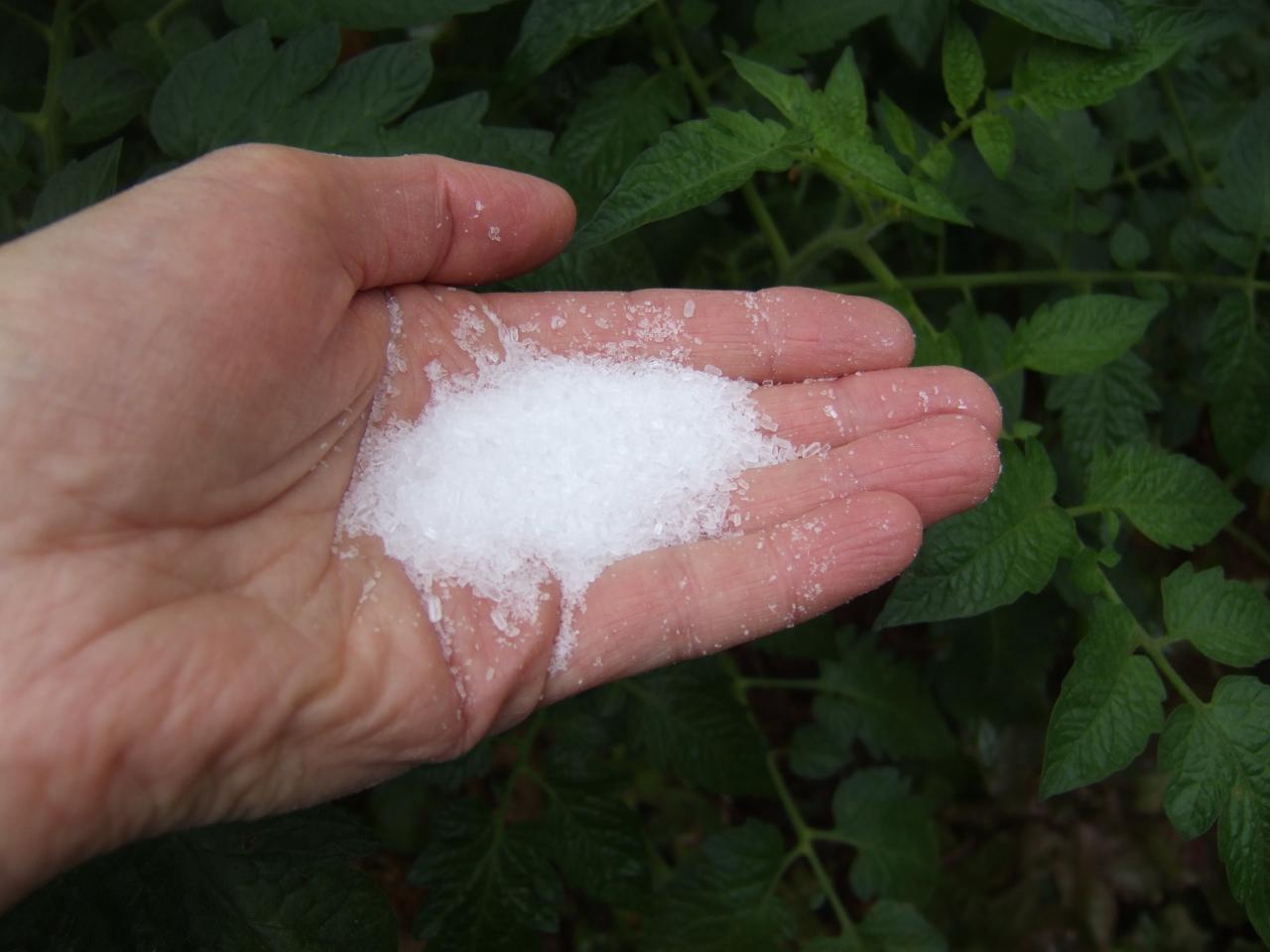Discover the Certain Plants That Are Adversely Influenced by Epsom Salt Application
Epsom salt, a popular family remedy for various horticulture troubles, is often commended for its useful results on plant growth. Recognizing the details plants that can be detrimentally impacted by Epsom salt is vital for any type of garden enthusiast looking to enhance their plant treatment routine.
Roses

Roses, particularly delicate to adjustments in their setting, can be negatively influenced by the application of Epsom salt. While Epsom salt is generally used as a plant food to advertise plant development and improve blooming, roses are just one of the plants that do not react well to its application. The high magnesium content in Epsom salt can hinder the uptake of various other vital nutrients by the rose plants, leading to shortages that show up as yellowing leaves or stunted growth.

Tomatoes
Tomatoes, recognized for their adaptability in cooking applications, can exhibit negative results when revealed to Epsom salt due to their specific nutrient requirements. While Epsom salt is frequently promoted as a solution for different plant problems, including blossom end rot in tomatoes, its application can lead to harmful results if not made use of sensibly. Tomatoes are heavy feeders that require a balanced intake of nutrients, especially calcium, to thrive. Excessive Epsom salt, which is magnesium sulfate, can disrupt the fragile nutrient balance needed by tomatoes, potentially resulting in deficiencies in various other necessary nutrients like calcium. This discrepancy might manifest in signs and symptoms such as stunted growth, yellowing leaves, or perhaps decreased fruit production in tomatoes. When taking into consideration the use of Epsom salt on tomatoes, it is important to adhere to advised application rates and soil testing to prevent unintended consequences on the general health and efficiency of these beloved yard plants.
Peppers
Peppers, admired for their various shades and levels of spiciness, can show susceptibility to unfavorable effects from Epsom salt when not used with care and factor to consider for their certain dietary needs. what plants don't like epsom salt. Peppers, belonging to the Solanaceae family, call for a fragile balance of nutrients to flourish. While Epsom salt is recognized to enhance magnesium degrees in plants, extreme application can disrupt this balance, resulting in negative results on pepper plants
When peppers are subjected to high levels of magnesium from Epsom salt, look at this web-site it can disrupt the plant's capability to soak up other essential nutrients like calcium and potassium. This imbalance might show up in signs and symptoms such as leaf staining, stunted growth, and lowered fruit manufacturing. Furthermore, the extreme magnesium can change the dirt pH, more exacerbating nutrient uptake issues for peppers.

Rhododendrons
Provided the level of sensitivity of specific plant varieties to discrepancies caused by Epsom salt, it is important to take into consideration the effect on Rhododendrons, which also need details nutrient degrees to grow. Rhododendrons are acid-loving plants that choose acidic dirt problems with a pH variety between 4.5 and 6.0. Epsom salt, chemically called magnesium sulfate, can modify the soil pH and interrupt the fragile balance of nutrients crucial for Rhododendron health and wellness.

To keep the optimal growth and wellness of Rhododendrons, it is essential to stay clear of the unplanned use of Epsom salt and rather concentrate on offering the details acidic soil problems and nutrients that these plants need for flourishing.
Azaleas
Azaleas, understood for their vivid blooms and broad series of colors, are ornamental hedges that belong to the browse around here Rhododendron category. These preferred blooming plants are typically located in parks, yards, and landscapes as a result of their beauty and versatility. Azaleas are sensitive to modifications in dirt pH levels, which can significantly impact their growth and overall wellness. While Epsom salt is generally utilized as a solution for magnesium deficiency in plants, its application to azaleas can have damaging effects.
Azaleas favor somewhat acidic soil conditions, and an unwanted of magnesium from Epsom check over here salt can disrupt this balance, leading to nutrient inequalities and potential poisoning issues. The wrong application of Epsom salt can result in stunted growth, yellowing of leaves, and general decrease in the health and wellness of azaleas.
Final Thought
To conclude, it is necessary to be mindful of the details plants that can be detrimentally impacted by the application of Epsom salt. Roses, tomatoes, rhododendrons, peppers, and azaleas are some instances of plants that might not take advantage of Epsom salt and could even suffer harm. It is important to study and comprehend the requirements of each plant species before making use of Epsom salt as a fertilizer to ensure their health and wellness and wellness.
Comprehending the particular plants that can be negatively impacted by Epsom salt is vital for any type of gardener looking to optimize their plant treatment regimen. While Epsom salt is frequently used as a fertilizer to advertise plant development and boost flowering, roses are one of the plants that do not react well to its application.Excessive use of Epsom salt can also result in a build-up of salts in the dirt, leading to root damage and dehydration of the rose plants. While Epsom salt is known to improve magnesium levels in plants, too much application can interrupt this equilibrium, leading to adverse impacts on pepper plants.
The high salt material in Epsom salt can likewise dry out Rhododendron origins, causing further stress and anxiety and damages to the plant. (what plants don't like epsom salt)